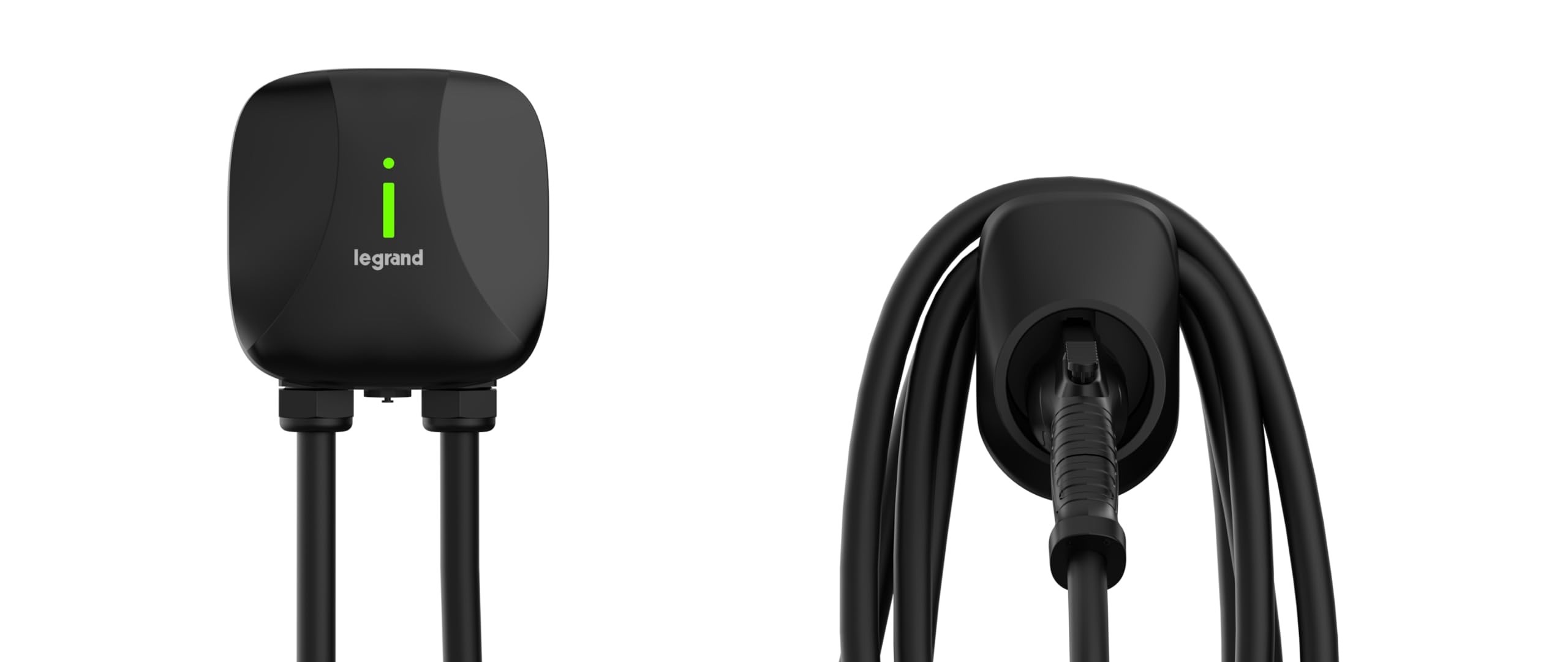If you're thinking about installing an EV charger at home, safety is probably one of your first questions.
And it should be. After all, we’re talking about running high-voltage electricity to your car—sometimes overnight, often in the garage, and maybe even outdoors.
So, are EV home charging stations safe?
Yes. Extremely safe—if you follow a few smart precautions.
Modern EV chargers are designed to meet strict safety standards. They’re built with temperature sensors, automatic shutoffs, weather resistance, and they undergo testing by third-party labs. In short, when installed correctly, EV home charging is about as safe as plugging in your fridge.
Let’s break it down.
What Makes EV Home Charging Safe?
When you're charging a car from your home, you're using something called EVSE—Electric Vehicle Supply Equipment. These systems are built to deliver power quickly and efficiently while keeping you, your home, and your vehicle protected.
Some safety features you’ll find in reliable Level 2 home chargers:
- Overcurrent and surge protection
- Temperature monitoring
- Ground fault detection
- Automatic shut-off when the battery is full
These aren’t just optional features. A good EV charger should meet standards set by independent testing labs like UL (Underwriters Laboratories) or CSA Group, and it should be installed according to the National Electrical Code (NEC).
And yes—hire a licensed electrician to do the installation. That’s non-negotiable.
What You Can Do to Stay Safe
Even though modern chargers are built to protect you, there are a few basic habits that go a long way:
- Use a dedicated circuit for your EV charger. No sharing with a dryer or another appliance.
- Inspect your charger periodically for visible damage—frayed cables, cracks, or rust.
- Follow the manufacturer’s maintenance guidelines.
- Never use an EV charger that looks or smells like it’s been damaged.
- Don’t daisy-chain it with an extension cord. Ever.
Also: Stick with a charger that's certified by an independent lab. The Pass & Symore Level 2 EV Charger (48 amps) is a solid example—it’s built with UL-listed components and designed for safe, long-term use in real-world conditions, including outdoors.
Can You Turn On an EV While It’s Charging?
Technically? Yes. It’s perfectly safe to power on most electric vehicles while they’re plugged in. You can use the A/C, listen to music, or even warm up your seat heaters.
But here’s the catch: the more energy you use while charging, the longer it’ll take to fill up your battery. So while it won’t hurt your car or you, it might slow things down.
And when the car’s full? Most EVs—and quality chargers like the Pass & Symore—automatically cut the flow of electricity. So you can plug in at night and forget about it.
Is It Safe to Charge Outdoors?
Absolutely—if your charger is rated for it.
Look for the NEMA 4 or higher enclosure rating. This means your charger is protected against dirt, rain, sleet, snow, and even hose-directed water. The Pass & Symore Level 2 EV Charger meets these standards and is made for both indoor and outdoor use. It handles temperatures from subzero winter to desert heat without flinching.
If you don’t have a climate-controlled garage, this rating makes all the difference.
Want to Know More?
Still have questions? Here are some helpful resources worth checking out:
- U.S. Department of Energy – Charging at Home
- Energy.gov – EV Charging Basics
- National Fire Protection Association – NEC EV Guidelines
Bottom Line
Home EV charging stations are safe—as long as you choose a certified charger, install it correctly, and follow the basics.
If you’re ready to install a dependable system, the Pass & Symore Level 2 EV Charger (48 amps) offers peace of mind with tested safety features, fast charging, and weather-ready construction. You’ll get the convenience of overnight charging—and none of the guesswork.
Because charging at home should be simple, efficient, and safe. And with the right gear, it is.


